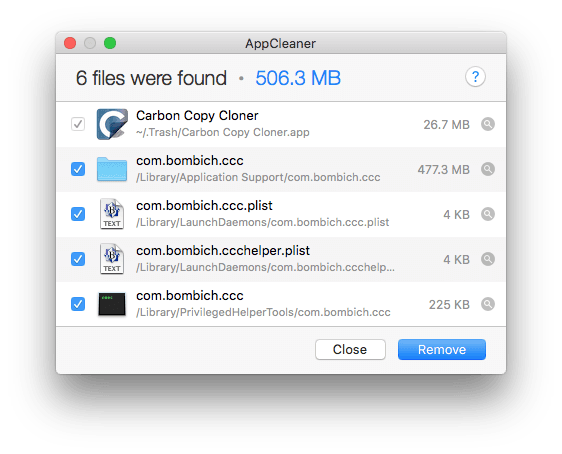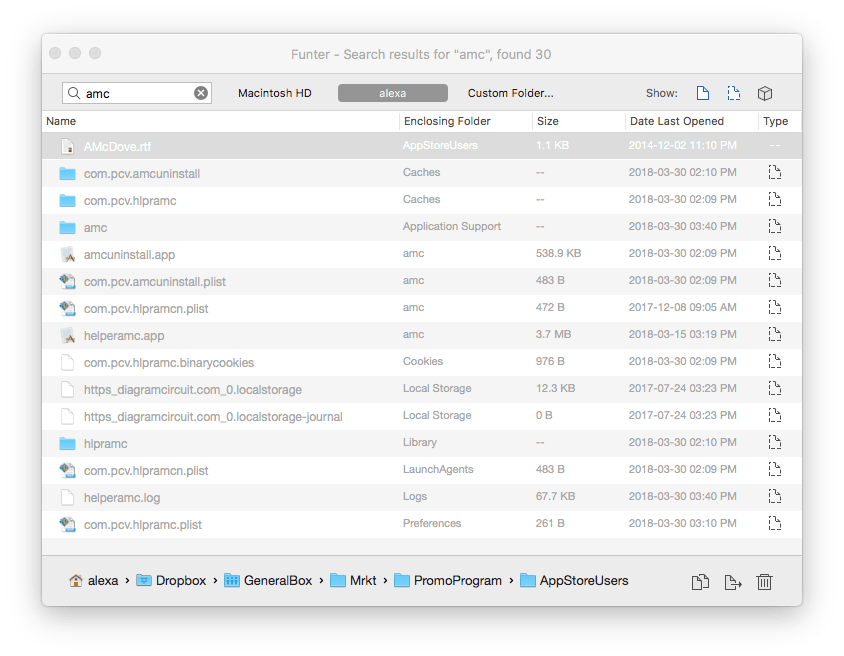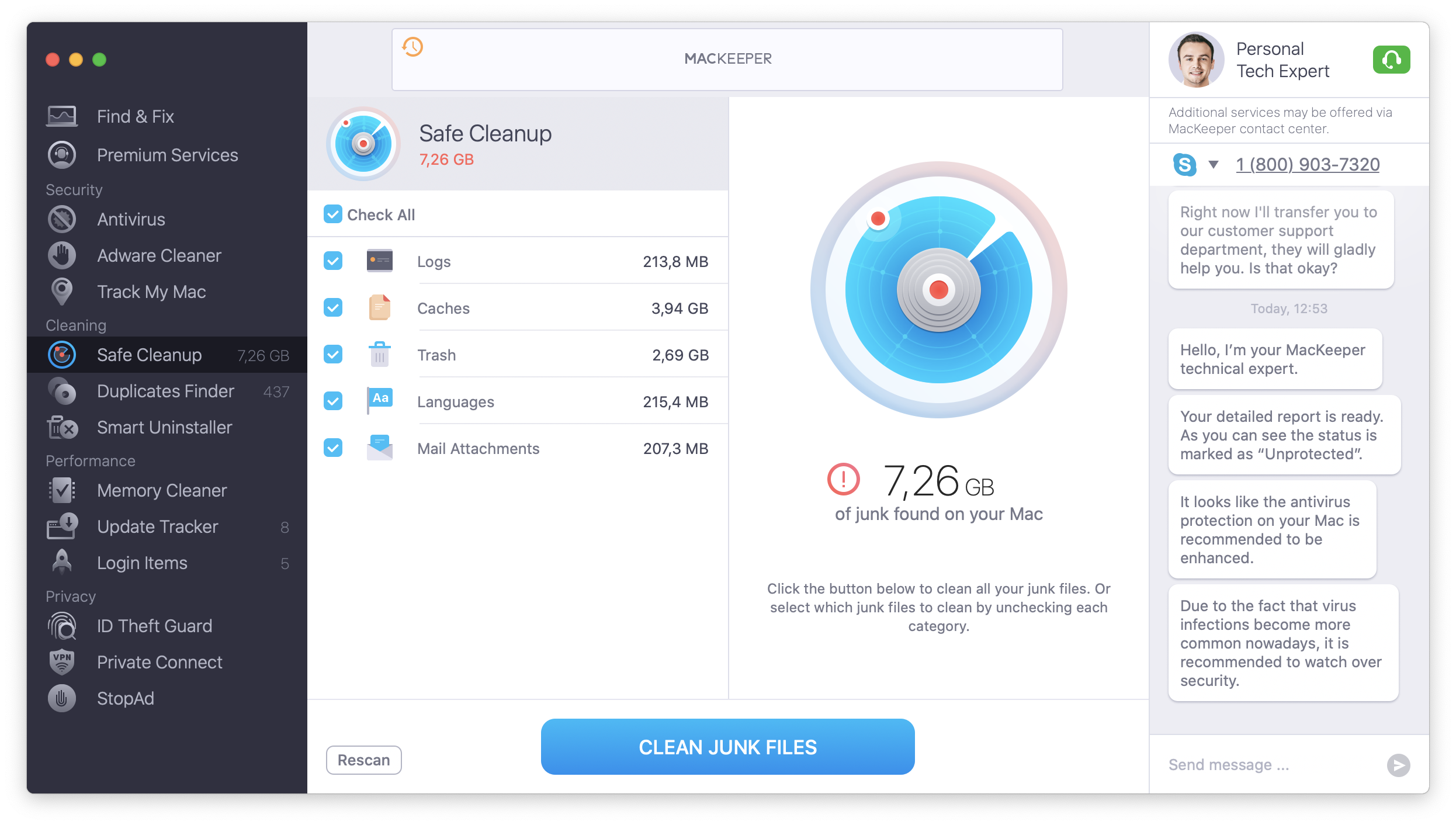
These pollutants include: PM2.5, PM10, carbon monoxide (CO), sulfur dioxide (SO2), nitrogen dioxide (NO2) and ground level ozone (O3). There are six key pollutants which are frequently measured by government monitoring stations, and used to calculate overall AQI. What are the different types of air pollution?.In a new air quality model released by The World Health Organization, it is estimated that 92% of our globe’s population is currently breathing unsafe, polluted air. Long term health effects of prolonged exposure can include cardiovascular disease, respiratory disease, decreased lung function, cancer, and premature death.Įveryone is at risk of breathing harmful air pollution on a daily basis - whether indoors or out.Īir quality can quickly reach unhealthy levels in our daily activities of cooking, cleaning, and driving or biking in traffic.

+ Inflammation of the lung lining and increased respiratory discomfort + Shortness of breath and difficulty breathing + Irritation of the eyes, throat, and nose Short term health effects of breathing polluted air include:


There is no concrete answer for how your city’s air quality fairs. What’s the air quality like in my city?.


 0 kommentar(er)
0 kommentar(er)
